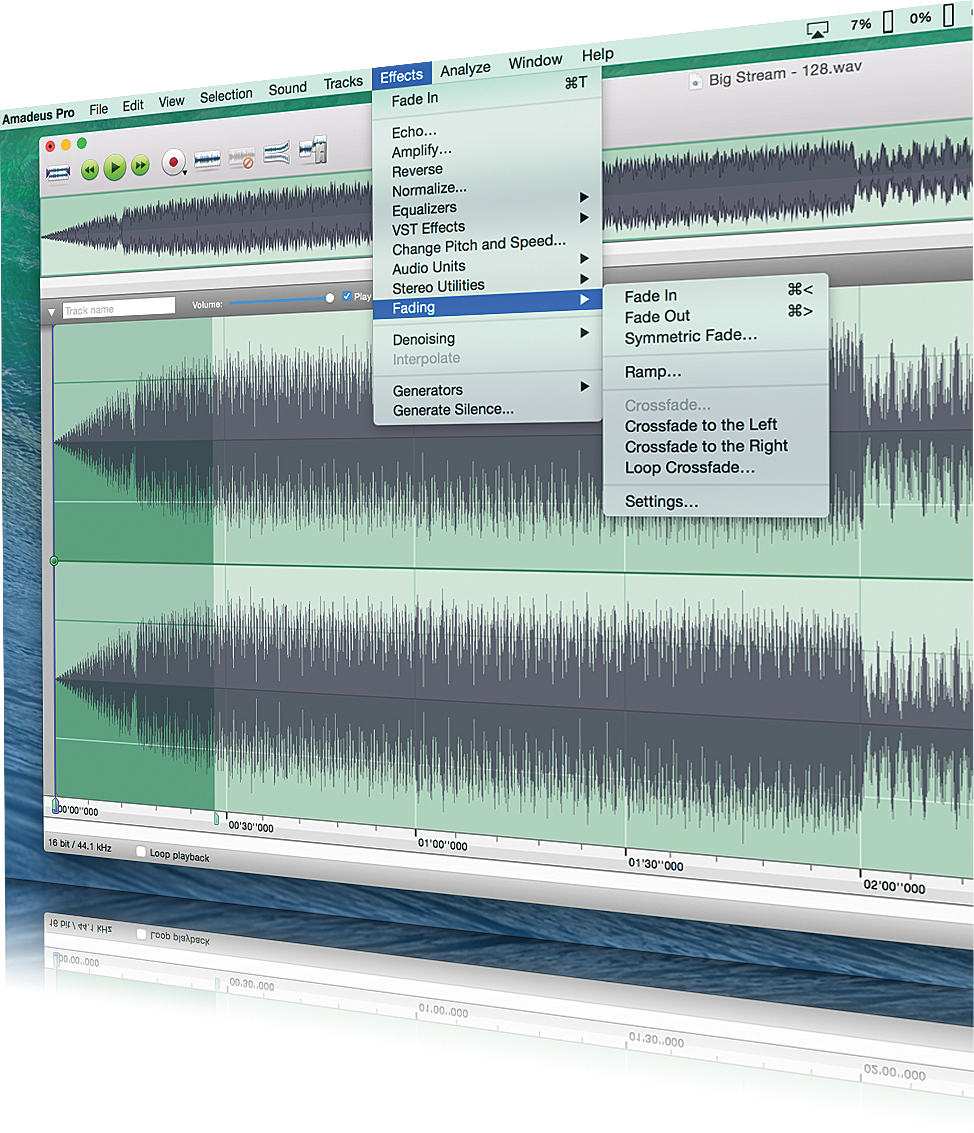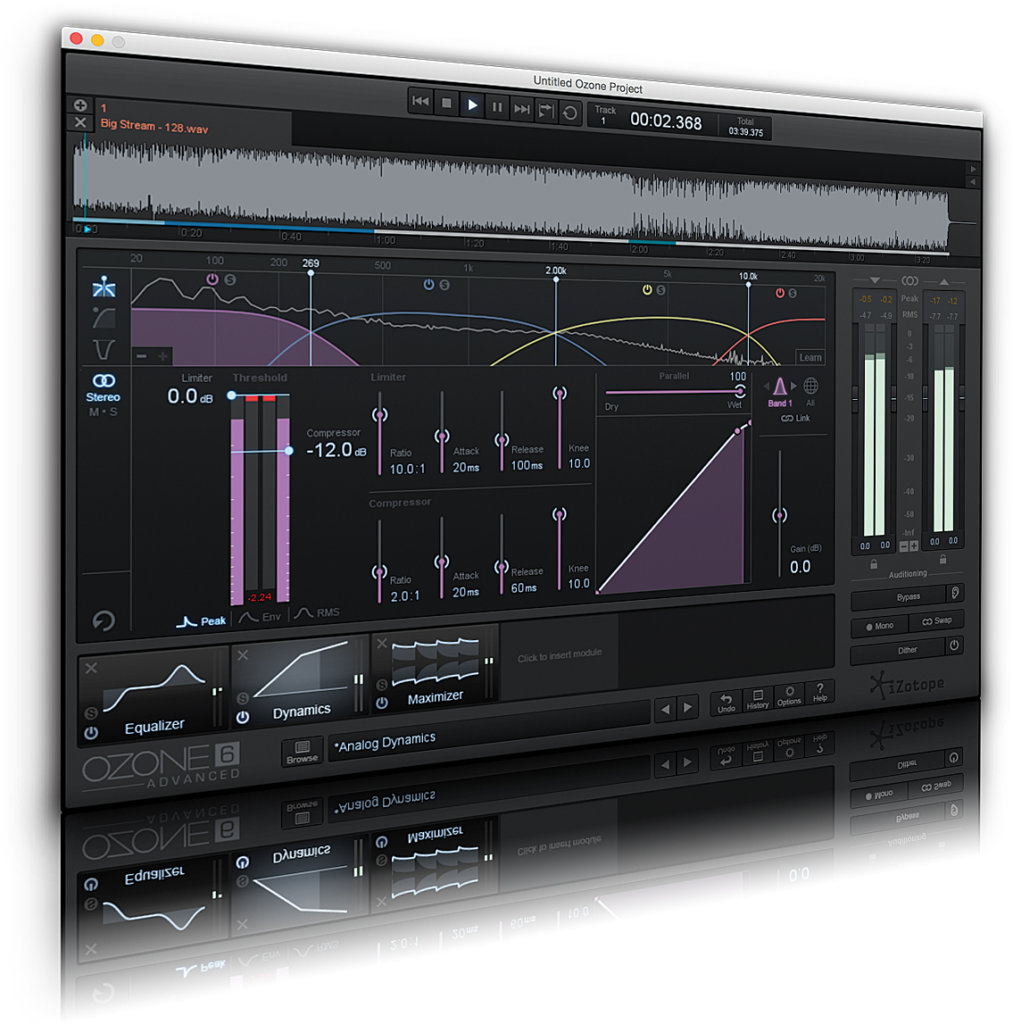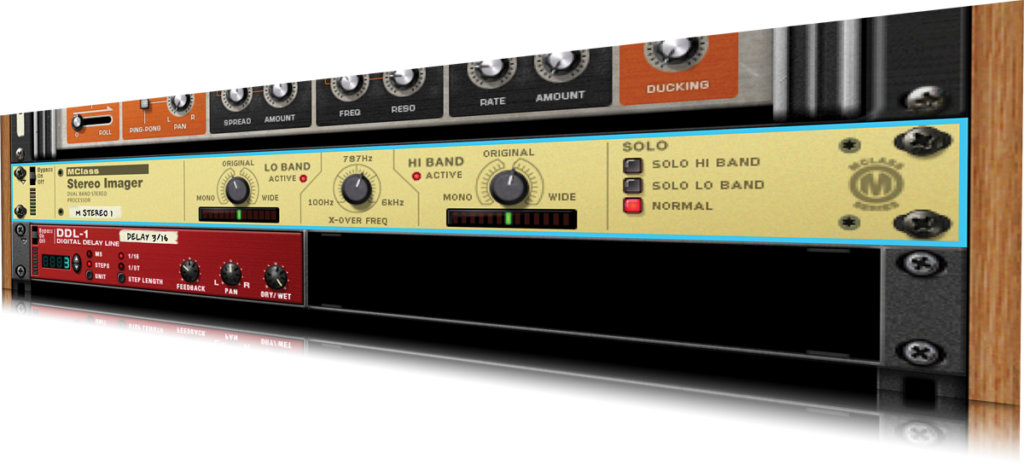Twenty Mastering Tips: Part Two
Hollin Jones continues his rundown of the best mastering tips to get your tracks perfectly balanced for public consumption! 11: Master in the Same Place If you are making an album or mastering a bunch of tracks that are meant to live on the same playlist or CD, it makes sense to try and master them […]

Hollin Jones continues his rundown of the best mastering tips to get your tracks perfectly balanced for public consumption!
11: Master in the Same Place
If you are making an album or mastering a bunch of tracks that are meant to live on the same playlist or CD, it makes sense to try and master them all at the same location or using the same tools. This will ensure that you get consistency across the tracks and you don’t find some are too bass heavy because you mastered them in a poorly treated environment.

12: Consider Multiband Compression
If a single-band compressor isn’t dealing adequately with the track you are using it on, consider multiband compression. As you might imagine this works on several bands, usually an assignable number with configurable crossover points. Splitting compression by band enables you to apply it more selectively; for example, controlling the bass while letting the middle and top ends breathe more freely. Use it carefully, though, as it requires some skill.

13: Top and Tail
Always top and tail your audio files when mastering to cut off any extraneous noise that may creep in. The safest way to do this is to use fades from and to zero so there’s no ugly jump as signal suddenly disappears. Some suites let you draw these in, or you can use fade handles on your audio clip if you’re using a DAW to master.

14: Go Wide
Stereo widening is sometimes used during mastering, and it can be an excellent way to increase the ‘size’ and soundstage of your track – but it must be used with care. The top and upper-mid frequencies can be safely widened a little, but widening a lot fundamentally alters the mix. Bottom end should remain centred as it’s where the energy and power of the track reside.

15: Get Excited
Exciters can be employed during mastering to add shine and sparkle to the top end of a track in a way that simple EQ can’t. Exciters use EQ, phase manipulation, harmonic synthesis and/or subtle distortion to enhance the higher frequencies, which can add more life to your sound.

16:EQ is your Friend
Although fixing the mix in mastering isn’t recommended, you can make some important changes using EQ. If an element of the mix needs to be brought up or down during mastering you can isolate it using an EQ point with a narrow Q value and make adjustments. EQ is also good for making broader changes to the sonic character of a track at this stage.
17: Use Audio Montage
It’s less popular than it once was but some people like to blend tracks together on albums, so that as one ends it segues into another. You can do this by layering tracks in your DAW and using fade handles, or by using a dedicated tool, such as Steinberg’s WaveLab with its Audio Montage feature, designed for just such a task.
18: To Dither, or not to Dither?
If you are changing bit rates during mastering (you’re likely to be coming from 32- or 24-bit down to 16) then it’s worth dithering. This means adding noise to the digital audio signal to reduce the level of distortion. It makes sense to stay at the same sample depth and bit rate throughout the production process then dither at the end.

19: Explore your Options
Presets are a good place to start with mastering but don’t limit yourself to just the ones with names that fit the style you’re producing. Rock presets may suit rock music, but so might DnB presets. Just poke around to see what works.
20: Trust your Judgement
It’s not uncommon to suffer from ‘fader creep’ during mastering, nudging everything higher because it seems to sound better. Before long you can be really squeezing the life out of a track, its level meters solidly up against zero. If you think it’s sounding too hot, it probably is. It’s better to be a little less intense than a little too intense.